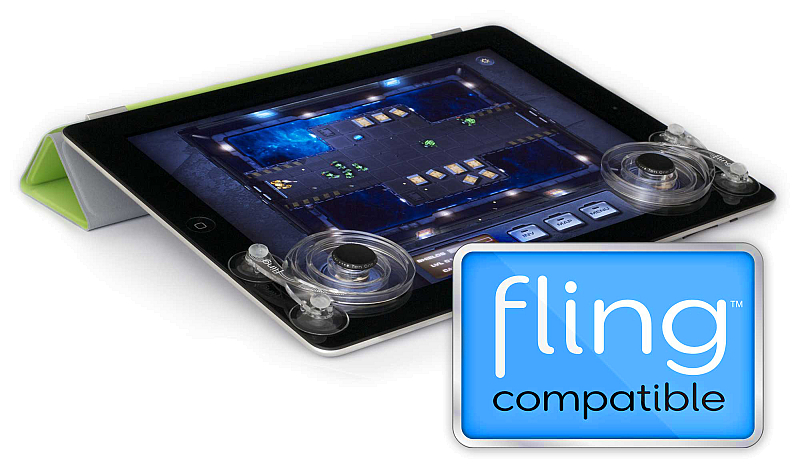Since I have been working on various iPhone/iPad/iOS applications over this last year I have researching the whole concept of video games and game interfaces.
Clearly the interface model for games and the notion of the iOS interface are related. For example, most young people, both male and female, are intimately familiar with the gaming interaction "model." Controls, interaction modes and so on are also important because following what others such as PlayStation and XBox have done makes what I do that much more understandable to new users.
A while back I bought a PS/3 rig along with all the necessary support equipment.
My application for iOS had gotten to the point of having a real UI and I was interested, among other things, in what perspective games would offer.
For one thing, when you look at games, you need to understand that the model of interaction does not change over the life of the game. For example, on PS/3 the X and O commands always perform the same function in context: X = confirm/Yes/Do it and O = No/Don't Do it/Go Back.
No game would change this because the user becomes "wired' to this model - they hands and lower spinal column reacting directly to stimulus.
So on an iPad you need to think about things in the same way - namely have a simple UI model that applies everywhere.
On the one hand Apple supplies this with its various standard controls - slide switch and that sort of thing. But if your application does not fit that model you have to come up with something else.
Some games seem to really grab people's attention with their interface style. A while back I talked about "Flower" - a game where you fly a petal around various landscapes. Here is a game where the only interaction you have to titling the control around. Apropo because that's all you need to run the game.
The interface to some degree actually becomes the game and the environment as well.
I myself am not that good at most games - at least those that require what I will call "game dexterity". I do okay where the dexterity is second to, say, solving puzzles but I am no match for those who have spent years at it.
So in building a UI for my particular application I think that capturing the "dexterity" of the application is crucial (my particular application is designed to replace or supplant an actual physical device). The devices themselves all have their own dexterity models so the question become one of building a "replacement" dexterity model that allows for as much as the physical model as possible without becoming confusing to the user in the sense that its too much like the physical model.
This is compounded by the fact that iPad/iPhone devices have no notion of direct physical feedback.
You are merely touching a smooth, flat screen. The screen cannot offer any tactile feedback.
I have been exploring ways around this - some of which I cannot yet disclose. However, the "Fling" joystick for iPad/iPhone is one of the most interesting commercially available ones (see this).
I've also been looking at the "3Dconnexion" (see this) - another device that offers interesting possibilities.

No comments:
Post a Comment